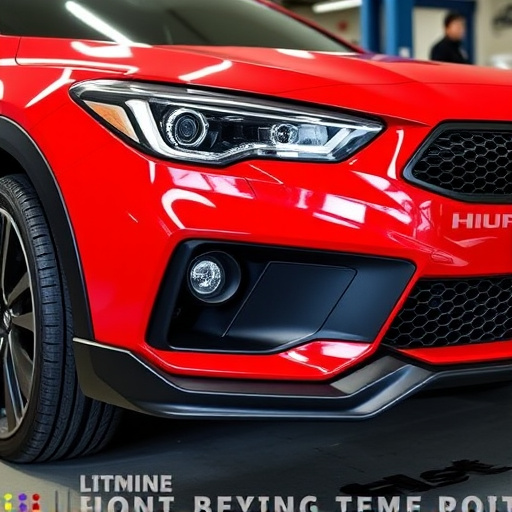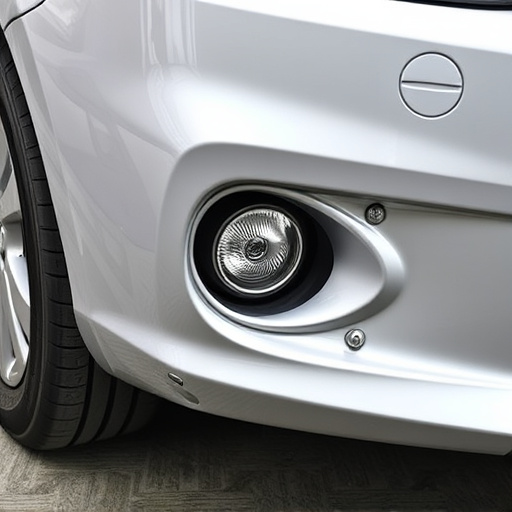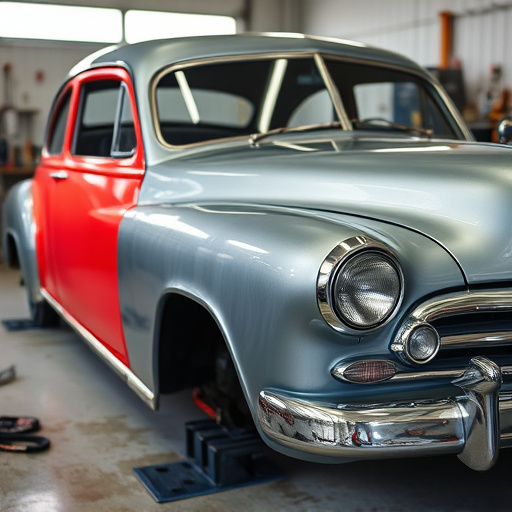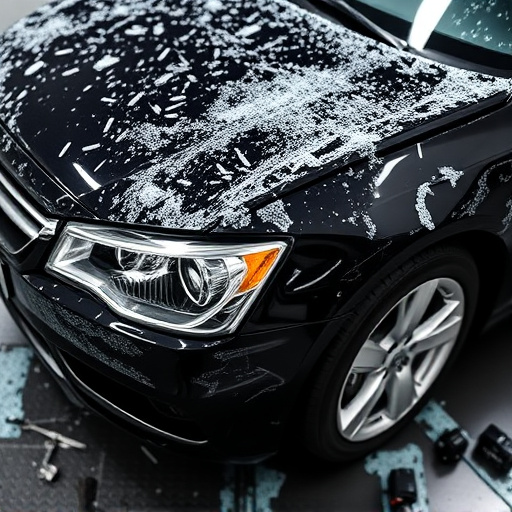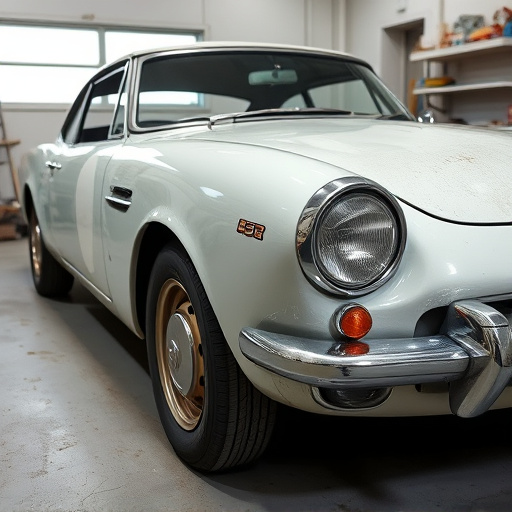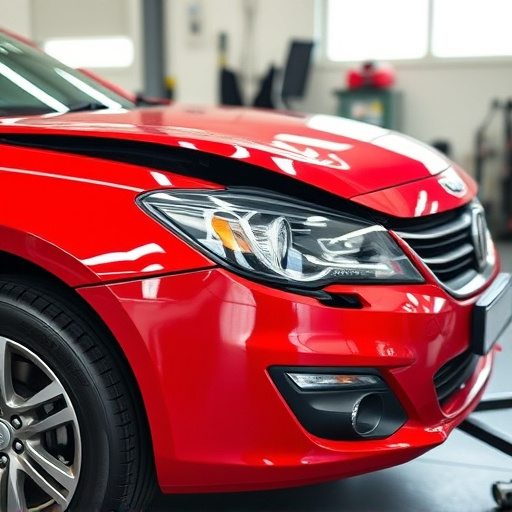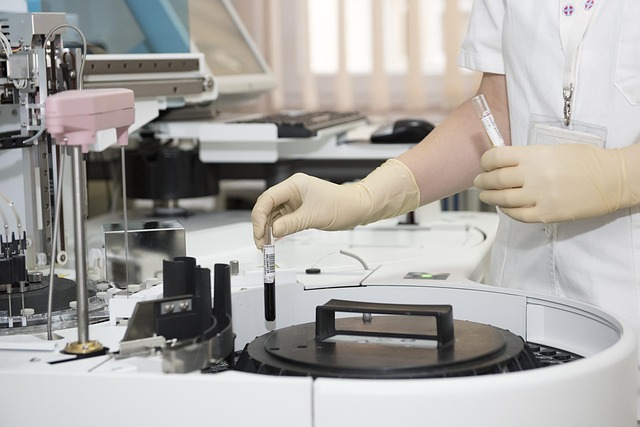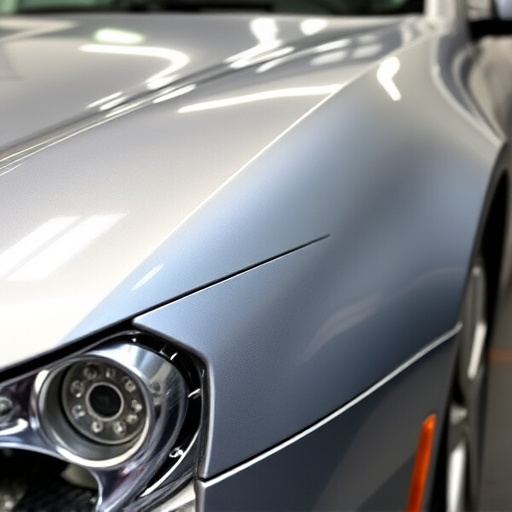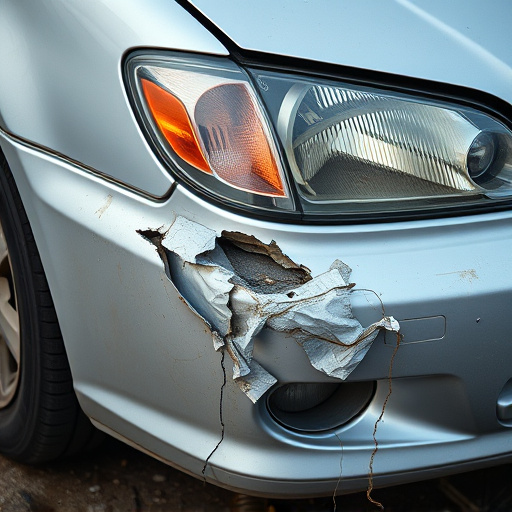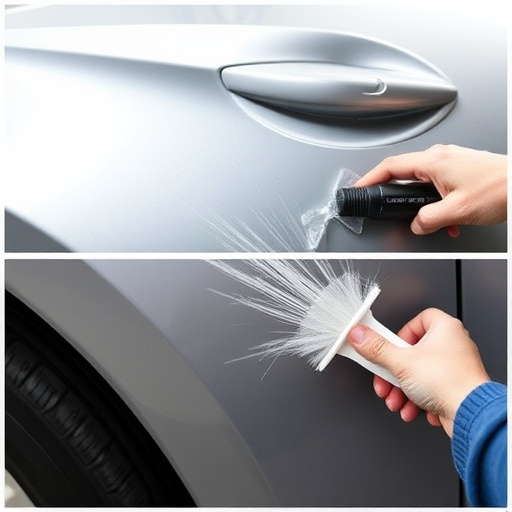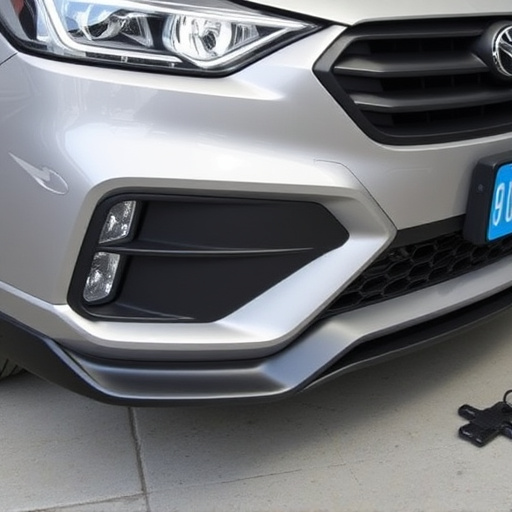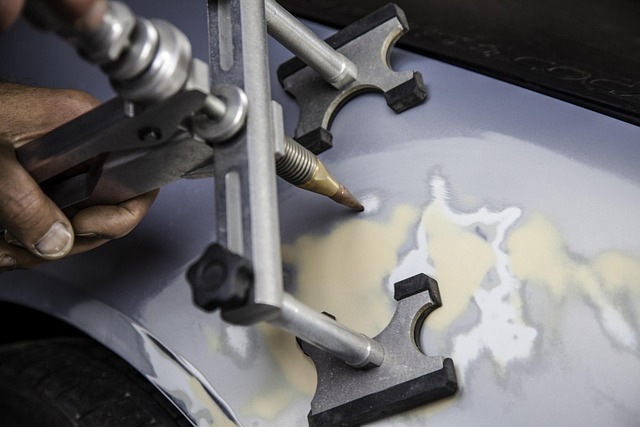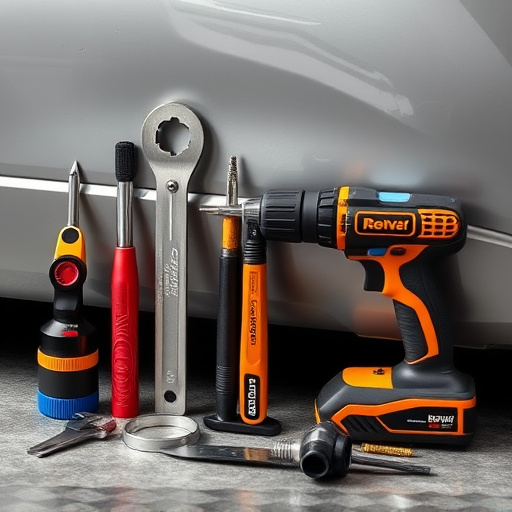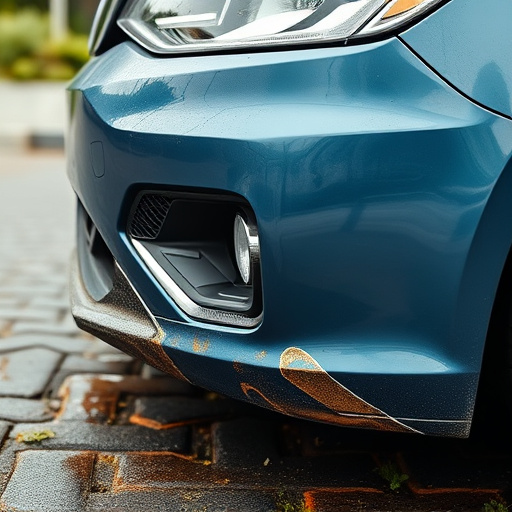Tesla's carbon fiber body offers advanced aesthetics but requires specialized care after minor incidents. Inspect for visible dents and delamination, as even cosmetic damage can compromise structural integrity. Professional repair using composite resins ensures proper restoration, maintaining the vehicle's sleek design. Owner-driven steps include assessment, priming, filling, sanding, and clear coat application following manufacturer guidelines.
“In the world of Tesla ownership, knowing how to address curb impact damage is crucial. Tesla’s iconic carbon fiber body offers superior protection, but it’s not invincible. This comprehensive guide delves into understanding the unique challenges of Tesla carbon fiber repair after parking or curb impacts. By identifying subtle signs of damage and learning a step-by-step approach, owners can effectively restore their vehicles to their pristine condition. Discover expert tips for assessing and repairing curb impact damage on your Tesla, ensuring both aesthetics and structural integrity.”
- Understanding Tesla's Carbon Fiber Body and Its Vulnerability
- Assessing Curb Impact Damage: What to Look For
- Step-by-Step Guide to Effective Tesla Carbon Fiber Repair
Understanding Tesla's Carbon Fiber Body and Its Vulnerability
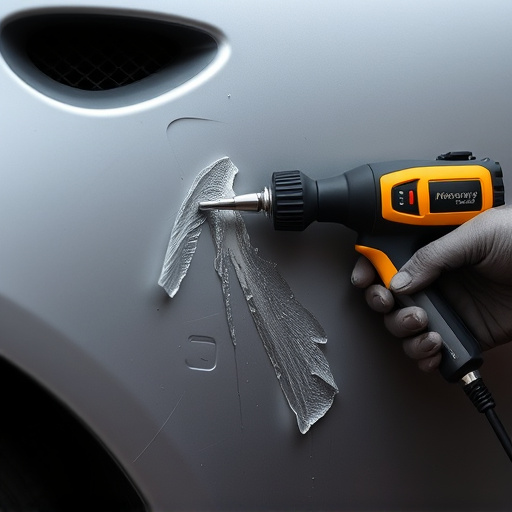
Tesla’s iconic carbon fiber body is both a testament to innovation and a unique challenge when it comes to repairs. This lightweight, durable material offers exceptional strength-to-weight ratio, making Tesla vehicles agile and efficient. However, its fragility means that even minor incidents like parking bumps or curb impacts can leave unsightly dings and scratches. These damage types are not just cosmetic; they can compromise the structural integrity of the vehicle’s bodywork, highlighting the need for prompt and professional Tesla carbon fiber repair.
Understanding how to handle these situations is crucial. Unlike traditional metal bodies, carbon fiber repairs require specialized techniques and materials. A fender bender or curb dent might seem like a simple fix, but it often necessitates expert car bodywork services to ensure the repair seamlessly blends with the existing carbon fiber surface. Skilled technicians use advanced tools and composite resins tailored for carbon fiber to restore the vehicle’s original condition, preventing further damage and maintaining its unique aesthetic appeal.
Assessing Curb Impact Damage: What to Look For
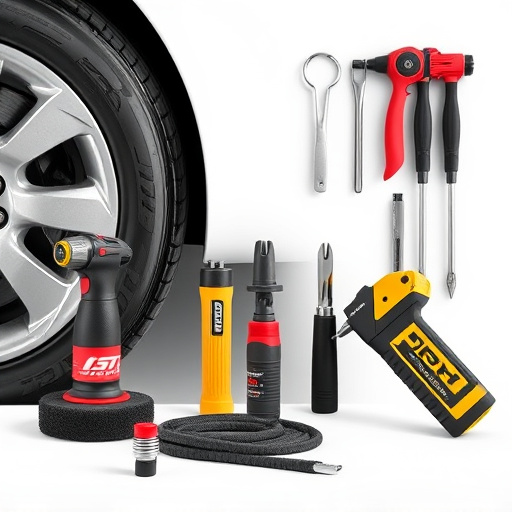
When assessing Tesla carbon fiber damage from a curb impact, look for visible dents, scratches, or cracks on the vehicle’s exterior. Carbon fiber is known for its durability, but curb impacts can cause unique issues due to the material’s composite nature. Inspect the damaged area closely, checking for any signs of delamination—where the layers of the carbon fiber separate—as this indicates more severe damage that might require professional Tesla carbon fiber repair.
Additionally, consider the extent of the impact. Even if there are no visible markings, subtle changes in the vehicle’s shape or misalignments could suggest internal damage. It’s crucial to remember that curb impacts can affect not just the exterior but also the structural integrity of the car. Therefore, if you’re unsure about the severity of the damage, consult a Mercedes Benz collision repair specialist for a thorough assessment and appropriate Tesla carbon fiber repair solutions.
Step-by-Step Guide to Effective Tesla Carbon Fiber Repair
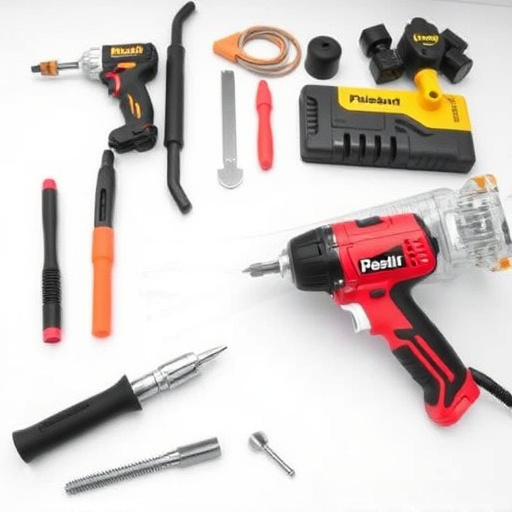
After a parking or curb impact, Tesla owners often face the challenge of repairing their car’s distinctive carbon fiber trim. Here’s a step-by-step guide to ensure effective Tesla carbon fiber repair. Begin by assessing the damage; inspect the affected area for cracks, chips, or delaminations in the carbon fiber surface. Next, gather your tools and materials: an automotive-grade bond primer, suitable filler (if necessary), body shop sandpaper, and a clear coat paint designed specifically for carbon fiber.
Before repairing, thoroughly clean the damaged area using isopropyl alcohol to remove any grease or grime. Apply the bond primer, allowing it to dry completely. Fill any visible imperfections with the appropriate filler and gently smooth until even. Sand the surface lightly to create a fine finish, then wipe down again to ensure dust-free conditions. Finally, apply the clear coat paint in thin, even layers, following the manufacturer’s instructions for drying times between coats. This meticulous process ensures a seamless repair that maintains the Tesla’s sleek and modern aesthetic.
After delving into the intricacies of Tesla’s carbon fiber body and understanding its vulnerability, assessing curb impact damage, and following a comprehensive step-by-step guide for repairs, you’re now equipped with the knowledge to handle minor parking or curb impacts effectively. Tesla carbon fiber repair is feasible with the right approach, ensuring your vehicle maintains its sleek, indelible design. Remember that prompt action is key to minimizing damage and preserving the car’s value.
